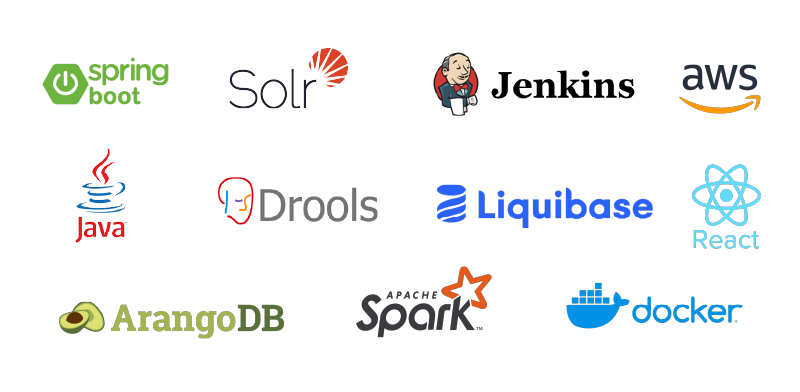The client is a leading floral and gifting brand that delivers fresh flowers, plants, and personalized gifts across multiple locations, recognized for high-quality products, timely delivery, and seamless customer experience.

Success Story
About the Client
Business Needs | Smart Pricing and Scalable Architecture
The company sought a dynamic pricing solution that could draw insights from historical data and demand patterns.
A fully configurable, rule-based pricing engine was also required.
Additionally, to ensure agility and scalability, the solution had to be built on Microservice architecture, enabling seamless integration with product, order, and front-end systems.
Solutions | eCommerce Pricing Optimization
Our team successfully implemented a modular and rule-driven pricing management framework, seamlessly integrating master data, pricing logic, and external interfaces. We built a centralized data management module for maintaining master pricing data for vendor product prices, carrier shipping rates, and geographically applicable taxes.
A user-friendly back-office interface enabled authorized users to create, update, and manage pricing rules without technical support, allowing rapid responses to market changes. Geography-specific base pricing models were configured within the core pricing logic, with flexible and extendable pricing rules reflecting real-time business strategies.
A background pricing engine continuously processed pricing rules and generated updated price points for each product based on a complex matrix of factors, including price model, geography, and fulfilment details. This ensured they were ready for instant API use.
A robust API layer was established to expose calculated price points across services, enabling seamless integration with e-commerce platforms, partner portals, and other digital touchpoints.
Business Impact | Streamlined Pricing Management to Boost Efficiency
By unifying management of prices, tax rates, and pricing rules, we improved consistency and significantly reduced errors.
Business users gained the ability to update pricing rules instantly, reducing dependency on IT and responding quickly to market dynamics.
Automated rule processing and tax calculations ensured precise pricing across all products and services.
Real-time APIs enabled external systems to consume accurate pricing data, improving both customer experience and operational efficiency.
Technology Stack


Modernized Customer Engagement Through Digital Loyalty…

Built a Future-Ready Microservices-Driven e-Commerce…
Let's Get Moving!
Your purpose, our passion. Connect with us and let's make things happen.






